Cash flow management is critical for businesses, especially in construction, manufacturing, or logistics industries where expensive equipment is necessary. An equipment finance revolver is a credit facility that allows companies to borrow against their equipment assets. A financial tool like an equipment revolver can be handy for maintaining liquidity and ensuring smooth operations.
Like any financial instrument, it requires careful management to reap its full benefits. Here are ten helpful tips to help you manage your equipment revolver and maximize cash flow.
Table of Contents
1. Understand how your equipment finance revolver works.
Before diving into management strategies, you must understand what an equipment revolver is and how it operates. An equipment revolver allows you to use the value of your equipment to secure a line of credit. You can draw funds from the line of credit as needed, up to a predetermined limit, and repay them over time.
The most significant benefits of an equipment revolver include:
- Flexibility: Borrow as much or as little as you need, based on your cash flow demands.
- Liquidity: Convert the value of your equipment into working capital.
- Cost efficiency: Equipment revolvers are often more affordable than other forms of financing.
Understanding the basics of equipment revolvers will help you make informed decisions and avoid pitfalls. Consult an equipment financial expert who knows your industry and business to evaluate if this tool fits your financial strategy and business goals.
2. Assess your equipment’s value.
The first step in managing your equipment revolver is knowing the value of the assets tied to it. Lenders typically appraise equipment based on the following factors:
- Age and condition
- Market demand
- Depreciation
- Maintenance history
- Warranties
Keep detailed records for every piece of equipment in your fleet. It’s also essential to regularly assess your equipment’s value as it changes over time. Well-maintained equipment and the documentation to back it up can help increase your borrowing capacity.
3. Be strategic about using your equipment revolver funds.
Like any financial tool, using your equipment revolver wisely is essential. Avoid the temptation to draw large sums unless necessary for your business. Instead, align your draws with specific cash flow needs such as:
- Purchasing new inventory, which will help ensure you have the necessary supplies and equipment for upcoming projects;
- Covering unexpected expenses like sudden cost increases or emergency repairs so you can avoid disrupting operations; and
- Bridging gaps between accounts receivables and payables.
Having a clear purpose for each draw ensures you use your credit line efficiently and don’t accumulate unnecessary debt.
4. Monitor the rates and fees of all your financial tools.
Before securing an equipment revolver, shop around to get the best deal. Interest rates and fees impact the overall cost. Be aware of additional fees, such as:
- Origination fees: Charges for setting up the credit facility
- Late payment penalties: Fees for missed deadlines
- Unused credit fees: Charges for not using a certain percentage of the available line of credit
Understanding the costs of your equipment revolver will help you develop a strategic plan for your business and avoid surprises. Select a lender who wants to build a long-term relationship with your business. If your business’s financial health improves, consider renegotiating terms or refinancing with your lender.
5. Match your payments with your cash flow cycle.
Work with your lender to match your repayment schedule with your business’s cash flow cycles. For example, you may receive payments after project milestones if you’re in construction. You may be able to use this same schedule to coincide revolver payments with your anticipated account receivables.
Take a proactive approach to minimizing financial strain and supporting steady cash flow. Tools like cash flow forecasting software can help you create repayment plans that work for your business.
6. Track your credit usage and stay within limits.
Overextending your credit can lead to penalties, higher interest rates, and strained relationships with your lender. Use the following strategies to avoid these struggles.
- Proactively monitor your balance.
- Set internal guidelines to ensure you don’t exceed your borrowing limit.
- Use accounting software to track draws, repayments, and outstanding balances.
Financial dashboards can provide real-time insights into your credit use and help you stay on track. You can avoid the stress of overextending your financial tools by monitoring your use. You can also maintain the cash flow you need for a successful business while improving your overall business credit.
7. Maintain open communication with your lender.
Your lender is a valuable partner in managing your equipment revolver. Keeping the lines of communication open ensures that:
- You’re aware of any changes to terms or rates
- You can negotiate extensions or adjustments if needed
- You build a strong relationship, which can lead to other future financing opportunities
If you’re facing financial challenges, proactively discuss options with your lender. Transparency builds trust and a lasting relationship. Consider scheduling periodic reviews with your lender to discuss your account and explore opportunities for improvement.
8. Reinvest savings back into your business.
Using an equipment finance revolver effectively can free up cash usually tied up in assets. To maximize the benefits you get by using a revolver, reinvest those savings into growth initiatives, such as:
- Expanding your fleet or inventory
- Investing in employee training
- Upgrading technology or facilities
Develop a strategic reinvestment plan to allocate funds effectively so your business continues to grow.
9. Regularly review and adjust how you use your equipment revolver.
Effective management isn’t a one-time effort. It requires ongoing attention. Schedule regular reviews of your equipment revolver strategy to:
- Assess performance and identify areas for improvement
- Adjust terms or usage as your business evolves
- Ensure alignment with your long-term financial goals
Incorporate these reviews into your quarterly financial planning to ensure alignment with broader business objectives.
10. Seek professional advice.
If managing an equipment revolver feels overwhelming, don’t hesitate to seek help. Financial advisors, accountants, and equipment financing specialists can provide customized advice and strategies to optimize your cash flow. Professional guidance can help you find the best financing opportunities for your business and help you understand the complexities of the financial tools available to you.
Talk with an Equipment Finance Revolver Expert
An equipment finance revolver might be just the right tool your business needs to thrive. Remember, staying proactive, informed, and adaptable is essential as your business and financial needs evolve.
Are you interested in seeing if an equipment revolver is the best tool for your business? Let’s talk today. Your local Equify Financial rep will review your current practices and help you find the financial tools needed to grow your business.

